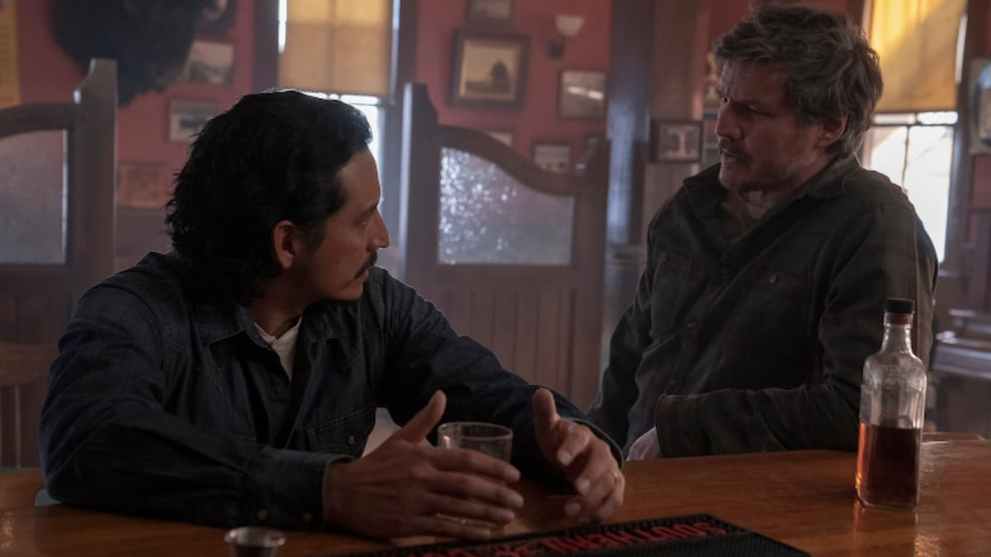From the very first episode, it became instantly clear that HBO’s adaptation of The Last of Us was going to be a hit. Even the promotional materials and trailers showed promise, and that debut episode confirmed what we’d already thought: this was a passion project that was being handled with a lot of love and care.
It’s difficult not to draw comparisons to AMC’s The Walking Dead, which also started out with a lot of potential, but its quality steadily dipped as the show began deviating from the source material. Season 2, in particular, was notorious for fleshing out way too much of little parts of the story that didn’t need all that much attention, creating a serious pacing issue for the entire show in general.
So far, The Last of Us has avoided that pitfall. Sure, the introduction of new character Kathleen may have been a bit of a miss, but the show has wasted no time on pointless details, and the bits that do get fleshed out are actually meaningful. We’ve spent time learning about Joel’s partial deafness, Bill and Frank’s beautiful relationship, Tess’s cruelly shortlived character arc, and we’ve even seen hints of Ellie’s dark side emerging. But for the most part, the show has managed to stay on track, hitting all of the important plot points to keep things moving along.
All of that has culminated in the show’s depiction of the most pivotal scene from the game: the scene where Joel is finally forced to grapple with the fact that he’s started to see Ellie as his daughter.
Let’s wind things back a little bit. Episode 6 opens with Joel and Ellie trying to figure where exactly they are on the map, and a Native American couple informs them that if they were to try to head west, they’d run into the River of Death. Ellie brashly states that they’re not scaring him, but the couple is quick to point out that Joel is shaken.
They exit the house, and Joel immediately clutches his chest as he seemingly goes through a small anxiety-induced panic attack. This isn’t the last time he has one of these moments, as we see it again in Jackson, when he learns that Tommy is about to become a father. He exits the bar, sees a young woman who vaguely resembles Sarah from behind, and the panic attack strikes again.

In this week’s Inside the Episode video, showrunner Craig Mazin and series creator Neil Druckmann explained that it was important for the show to depict the fact that Joel was having a physical reaction to his own emotions and what was happening around him. Just like how being partially deaf was a way to show the toll the apocalypse had taken on Joel’s body, his panic attacks serve a similar purpose of showing the audience how Joel is reacting to his developing relationship with Ellie. These are very minor character traits that wouldn’t have worked in a video game, but are infinitely more effective in a TV show.
These little physical cues then culminate in Joel’s heartfelt discussion with Tommy, where he finally admits that he’s afraid he won’t be strong enough to protect Ellie as he takes her to the Fireflies. He’s finally admitting that he never got over the grief of losing Sarah, and he’s afraid that he could end up losing his daughter all over again. Of course, Ellie only overhears the last bit of their discussion, and she thinks that Joel’s just trying to pawn her off to Tommy so he can be rid of her.
This leads to that iconic scene from the first game, where Joel and Ellie have their first real discussion about what they actually mean to each other. While Ellie’s totally down to be completely open about her feelings, Joel’s avoidant tendencies kick in and he pushes her away.
It’s worth noting that the lead-ups to this scene are pretty different in the game and show. In the original The Last of Us, Joel enters this scene completely pissed off. Ellie stole a horse and ran off, and Joel’s frustrated with her. He talks to her like a daughter who’s about to get into trouble, and even cautions her to be careful about her next words when Sarah is mentioned.
In the show, Joel approaches her with softness. He plans on breaking the news that they’re going their separate ways, and Pedro Pascal’s portrayal of Joel in this scene is much gentler than what we got in the game. This isn’t to say that the impact of the scene has been lessened, though; we’re still getting that emotional rawness of Joel’s heartbreak and loss, coupled with Ellie’s desperation to hang on to the one person she actually cares about who hasn’t died or left her yet.
I do wish the show would’ve also adapted the sequence from the game where Joel ruminates on his argument with Ellie on a horseride back to Jackson, before ultimately deciding to finish the job himself. It’s a very serene sequence that showcases an appropriate timelapse and the heaviness of the conversation weighing on both of them. Joel’s quick turnaround the next day felt somewhat jarring in the show, but hey, I get it. Each episode’s only about an hour long, we gotta keep things moving.
With only three episodes left this season, and considering the material there’s still left to cover, I haven’t been this excited for a TV show’s weekly release schedule since Better Call Saul’s final run. Okay, I know that only happened a few months ago, but still. The Last of Us has managed to knock it out of the park with every episode so far, and it looks like we’re headed for a very strong finish in the coming weeks. Bring on Left Behind.
